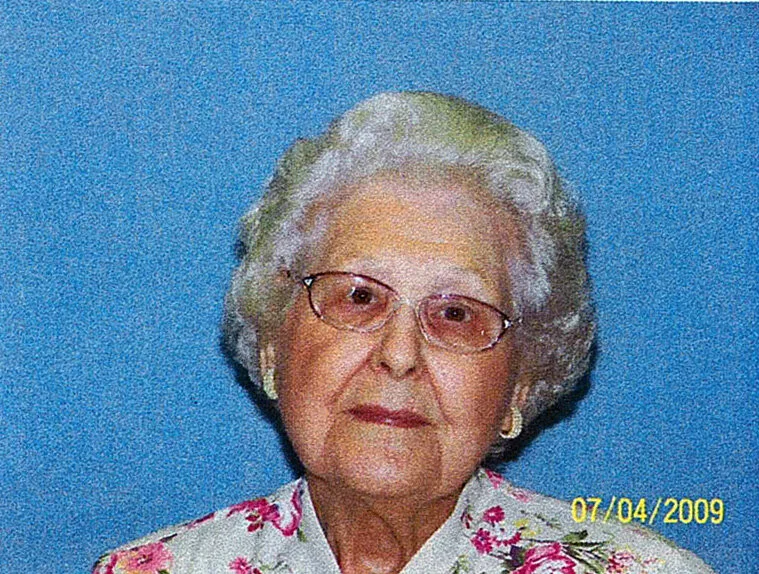b. 1943
by the Rev. Paul Canady, Christ Episcopal Church, New Bern, NC, 2016
Jane Frances Merritt
“When I heard the rector quote Scripture, saying ‘Love the Lord your God with all your heart,’ I was riveted by those words, and I knew that I had never put God first in my life,” says Jane Merritt. That was in 1999 at St. Andrew’s-by-the-Sea in Nags Head, NC. Jane was living in Columbus, OH, working as an adjunct instructor at Ohio State University. She thought at the time that she was just going to pop into the Bible study before the 11:00 a.m. service, but by the end of her visit to Nags Head, she was moving towards an understanding of her calling to prison ministry. She finished the semester at OSU and moved to Nags Head.
Even though Jane had grown up in Anglican boarding schools in England (Wicken Park and Westonbirt), her faith was not part of her everyday life. Following God’s call to Nags Head, she worked to up-end that pattern of life. She attended Cursillo and helped start the Alpha Course at St. Andrew’s with a very diverse and ecumenical following. She became involved in prison ministry in Dare County and met her husband Keith through Diocesan recovery efforts following Hurricane Floyd in late 1999. He was living in Fayetteville, NC, and deeply involved with the Episcopal Farm Worker Ministry in Newton Grove. They were both in New Bern in February 2001 for the Diocese of East Carolina’s Convention and felt that God was leading them here as a place where they could both do ministry.
Jane has ministered in five North Carolina prisons since 1998. In 2005, she was invited to attend a training session, sponsored by the Episcopal Church, on ministering to children with a parent in prison. From that experience, Camp Hope was born, despite Jane’s insistence that she was not the right person to lead it. Camp Hope, held annually at Camp Bob at Kanuga Conference Center in Hendersonville, hosts over 70 young people for a week each summer. She chaired the East Carolina’s Prison Ministry Commission and serves on the Board of Forgiven Ministry. Jane is also a member of the Ministry of Money’s Covenant for Transformation Group, Washington, DC. This commitment has taken her on reverse pilgrimages to Haiti and to India in 2007. Her passion is sharing with others what she has learned from some of the poorest of the poor about how to live the abundant life in community without material possessions.
In July 2003 Jane began hosting “Called to Serve,” a local television program featuring lay and ordained persons who are answering God’s call to serve others in this community and beyond. Former Archbishop of Canterbury George Carey and Presiding Bishop Michael Curry are among the those she has interviewed. Past episodes of the program can be found at http://www.calledtoservenc.com/.
Jane was born in Toronto and moved to London in 1948. She has one son who lives with his wife and two children in Denmark.





